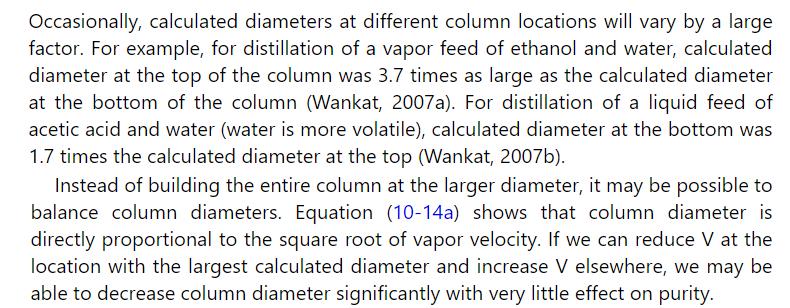Separation of dilute mixtures of acetic acid from water is an important separation problem, particularly in the
Question:
Separation of dilute mixtures of acetic acid from water is an important separation problem, particularly in the food industry. The difficulty is not in designing a system that will do the separation. Instead, at low acetic acid concentrations, designing a system that covers its expenses is difficult. We want to process 400.0 \(\mathrm{kmol} / \mathrm{h}\) of a \(20^{\circ} \mathrm{C}\) feed that is \(1.0 \mathrm{~mol} \%\) acetic acid and \(99.0 \mathrm{~mol} \%\) water. We want a bottoms product that is \(95.0 \mathrm{~mol} \%\) acetic acid and a distillate product that is \(99.999 \mathrm{~mol} \%\) water. Operate at \(101.3 \mathrm{kPa}\), and at \(1.15 \times(\mathrm{L} / \mathrm{D})_{\min }\). Because CMO is not valid, a McCabe-Thiele diagram will not provide an accurate value of \((\mathrm{L} / \mathrm{D})_{\min }\). Determine the optimum value of \(\mathrm{N}_{\mathrm{F}}, \mathrm{N}\), column diameter, \(\mathrm{Q}_{\mathrm{C}}\), and \(\mathrm{Q}_{\mathrm{R}}\). UNIQUAC is a reasonable choice for VLE model. Since the calculated diameter is significantly larger in the stripping section than in the rectifying section, the methods in Section 10.4 will probably be useful.
Section 10.4


Step by Step Answer:

Separation Process Engineering Includes Mass Transfer Analysis
ISBN: 9780137468041
5th Edition
Authors: Phillip Wankat





